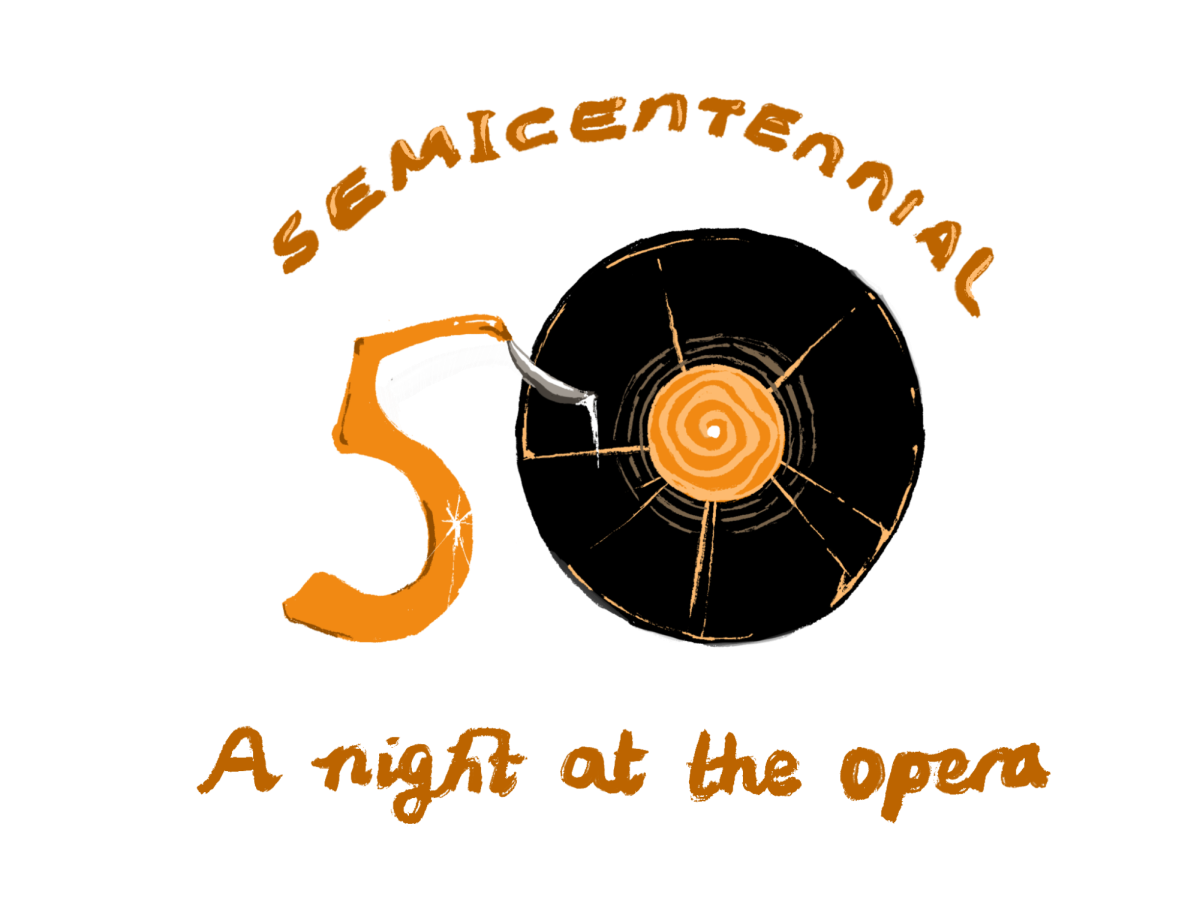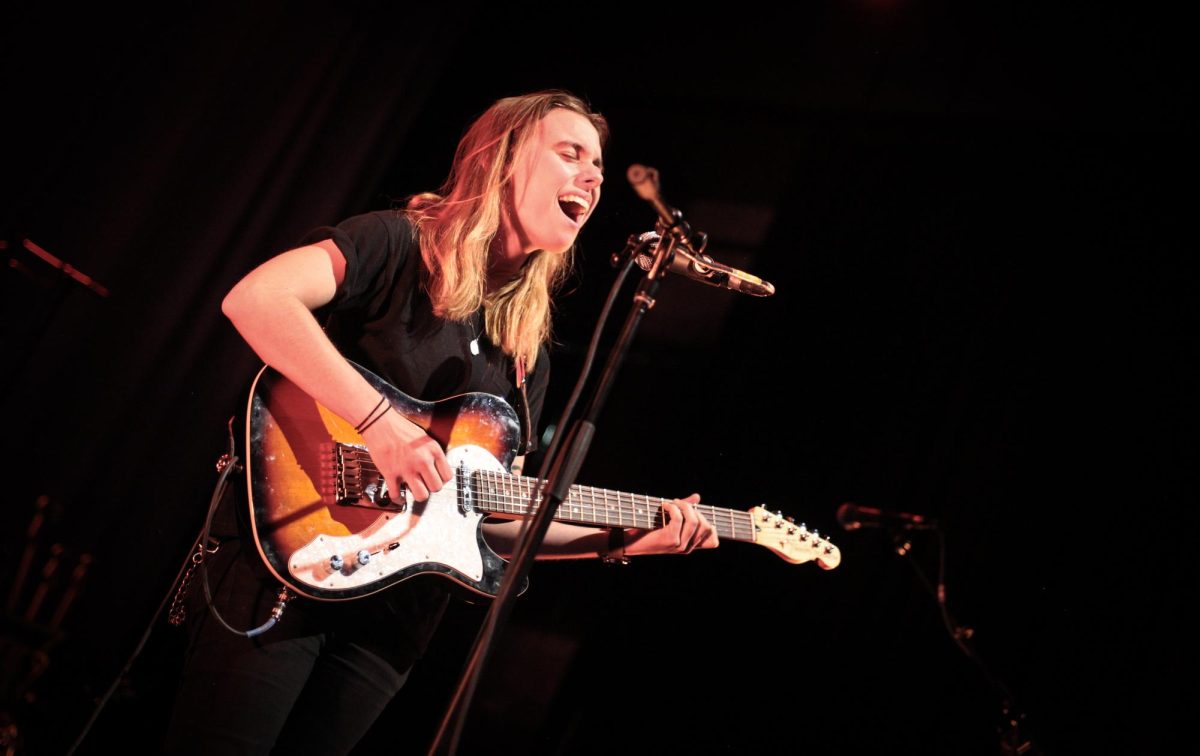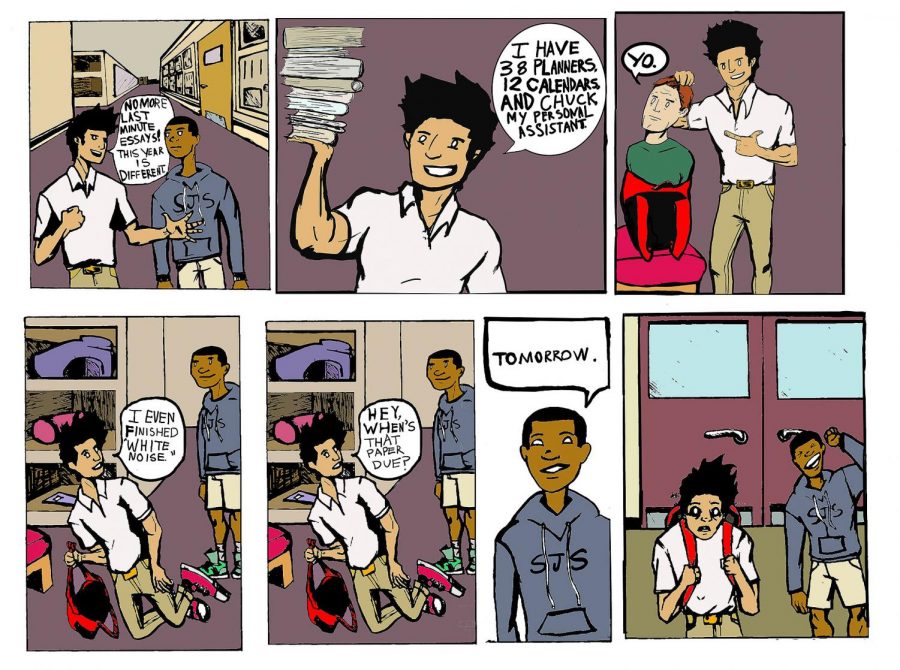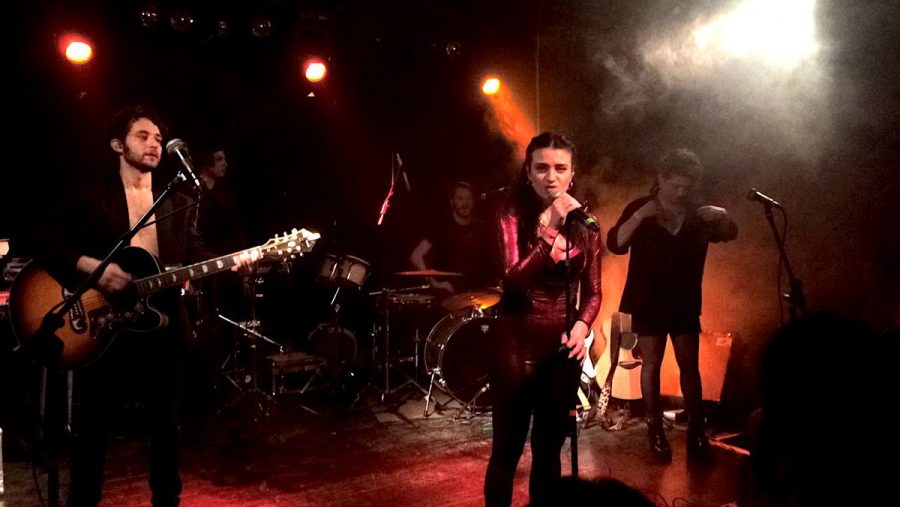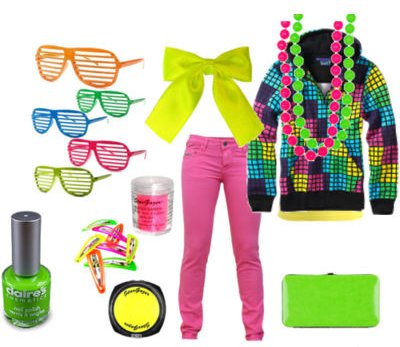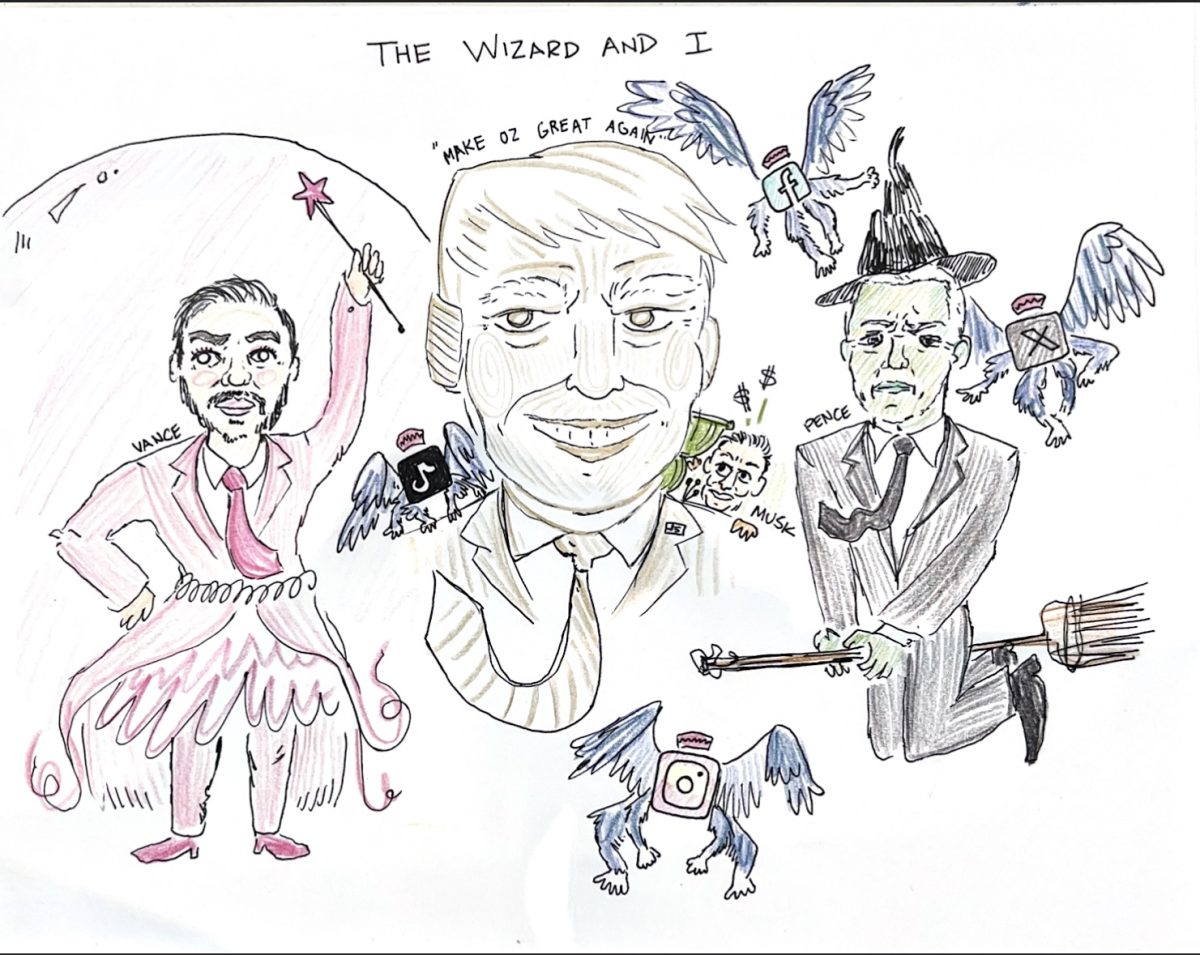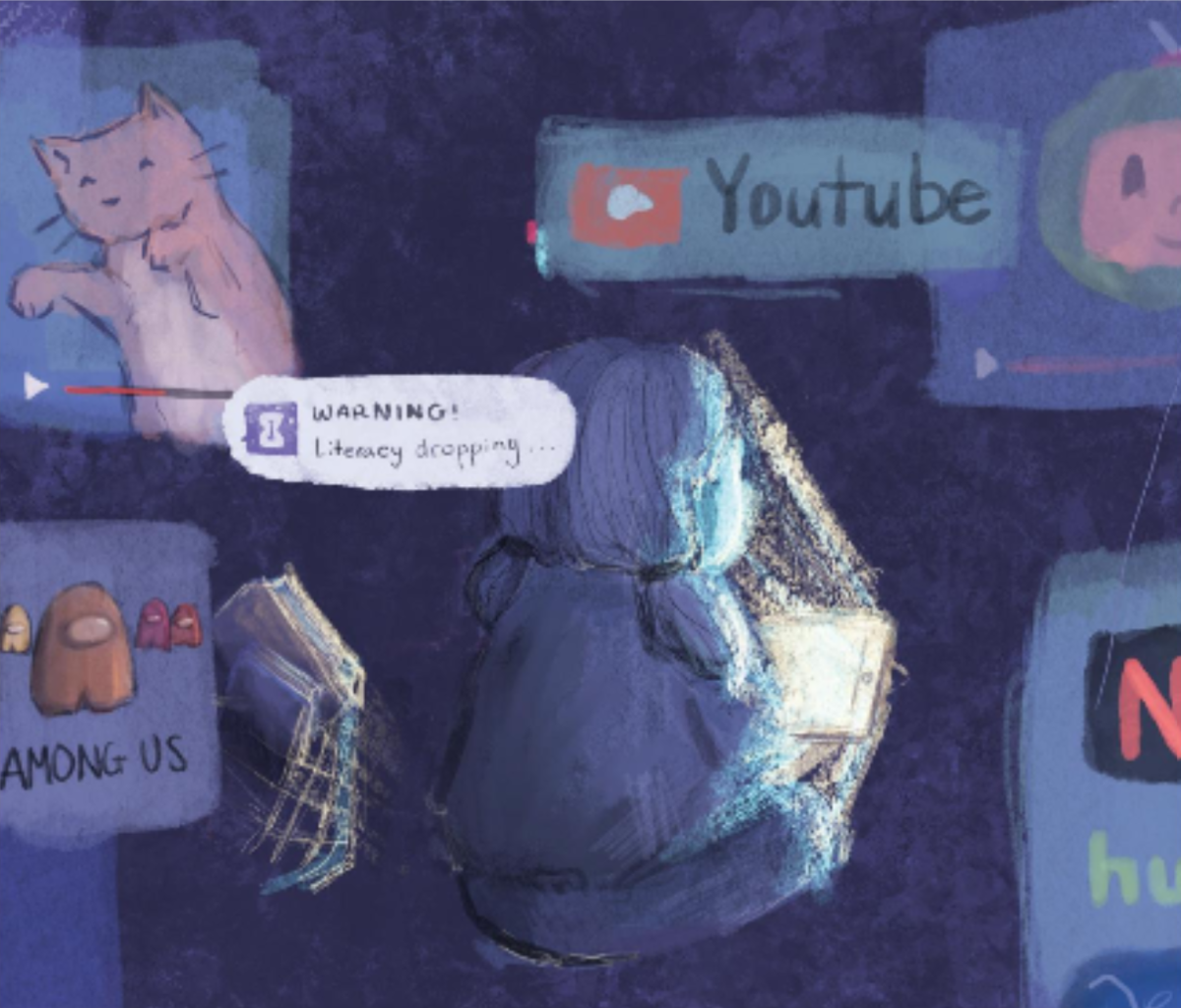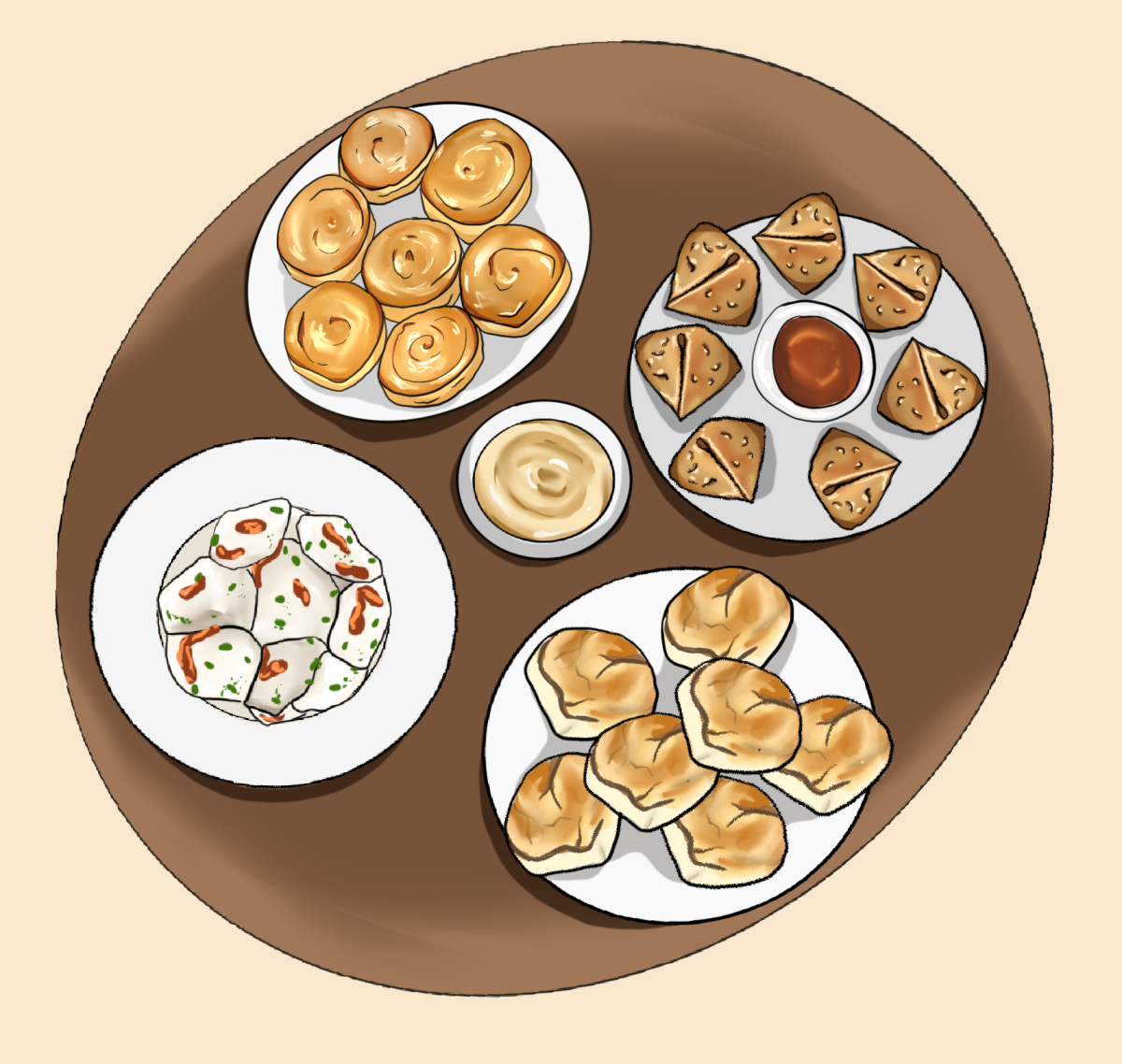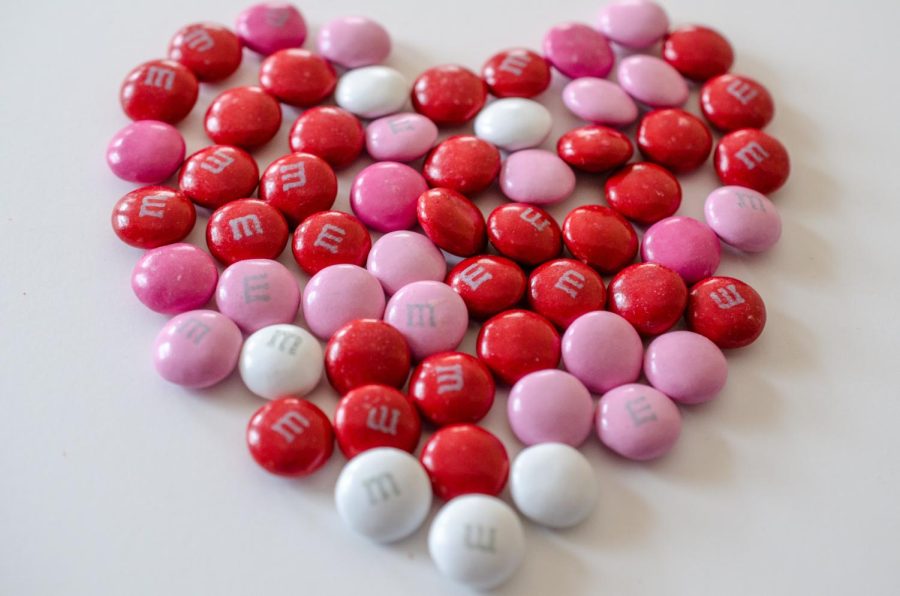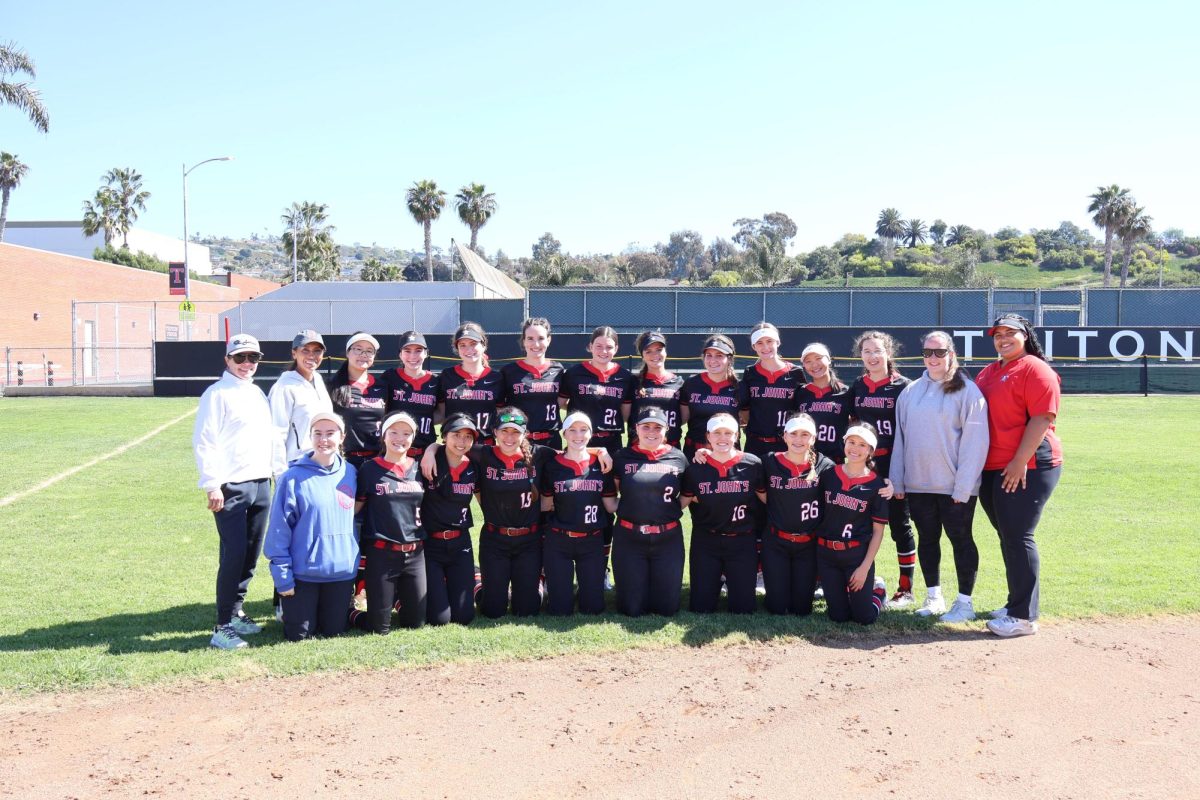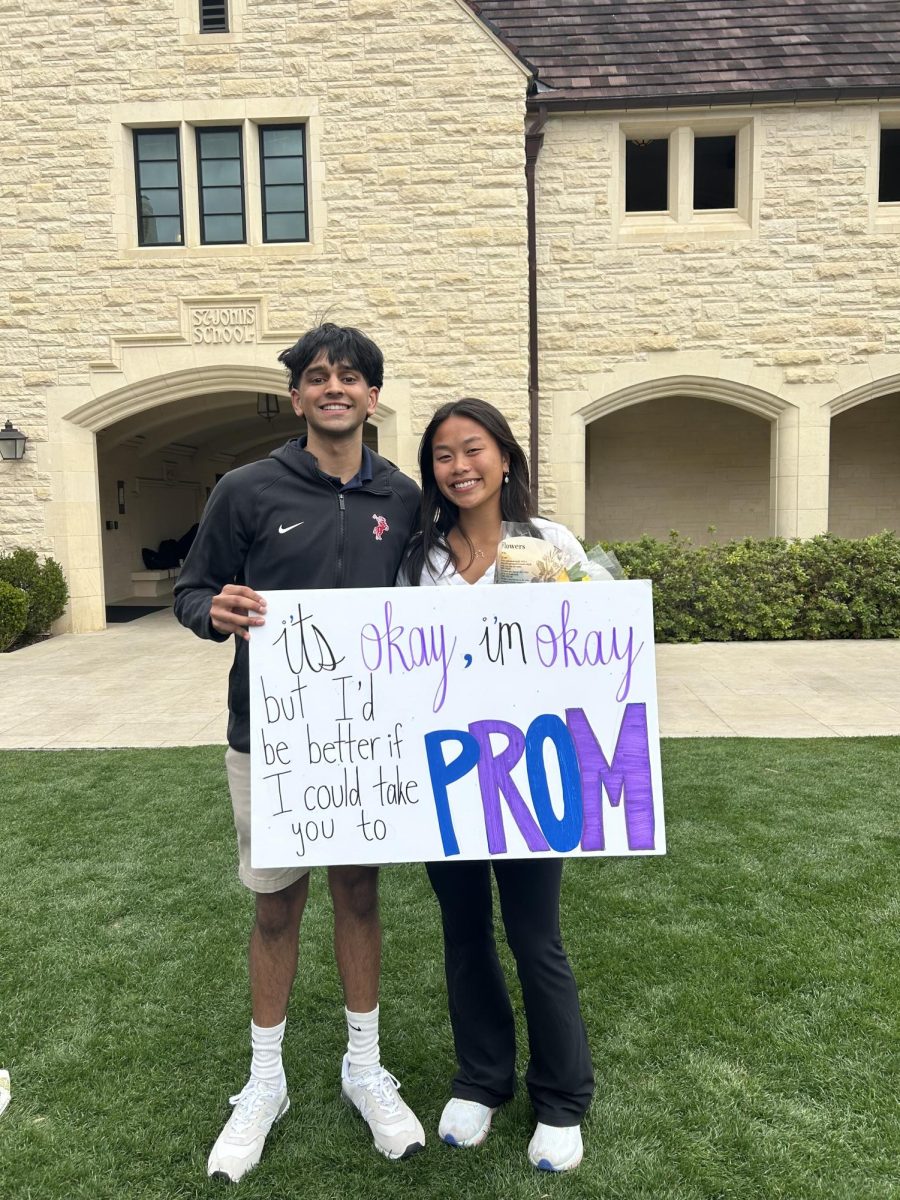Fifty years ago, A Night at the Opera turned Queen from a band of up-and-comers into a genre-defining act that would influence musicians for decades to come. I haven’t had the pleasure of listening to it in full since freshman year. In a word, it’s delightful.
It’s an album that could easily be some forgotten, lousy tracks held up by the genius of Bohemian Rhapsody, but thankfully, each song holds its own weight to make A Night at the Opera the work of art that it is. It’s cohesive, a record that can—and should—be listened to in full. The flow is there, in that magical way that makes it hard to pinpoint where one track ends and the next begins.
Every member of the band shines on this album. It’s got Brian May’s phenomenal guitar solos, Roger Taylor’s great vocals on “I’m in Love with My Car,” John Deacon’s excellent lyricism on “You’re My Best Friend” and peak Freddie Mercury in “Seaside Rendezvous.”

The first track, “Death on Two Legs,” immediately throws you into Queen’s vibrant, energetic universe and compels you to explore for the next 43 minutes. Somehow, no song sounds the same, yet they complement each other to make one beautiful album.
“I’m in Love with My Car” almost sounds like a Guns N’ Roses song in a way that makes me wonder if Axl Rose took inspiration from it. “‘39” is distinctly folk and reminiscent of a Peter, Paul, and Mary song while being undeniably Queen. There are elements of psychedelic rock all over this album; the band used nontraditional instruments like the kazoo, the slide whistle, and the koto. It brings to mind early Pink Floyd and Beatles psychedelia. Queen proves themselves exceptionally versatile in style, genre, and subject matter.
Although every song is chock full of classics, I was tempted to roll the windows down and sing along to the songs I knew better. Still, I tried to listen to them like it was the first time, which was a fun exercise. “Love of My Life” is one of Queen’s best. Songs like that are why Freddie Mercury is considered one of the best vocalists of all-time.
A Night at the Opera is experimental and unconventional, in a comforting, not unsettling way. In “The Prophet’s Song” we hear the sound of an air conditioner through a phaser, the vocals for “Lazing on a Sunday Afternoon” were recorded through a microphone in a tin bucket, and the layered vocals required extensive overdubbing that was way ahead of its time.
Beyond its technical prowess, produced by Queen and Roy Thomas Baker, the album makes you feel. It’s not a record of six clichéd love songs then six clichéd breakup songs, but one of versatility, variety, and deep, raw emotion. It’s hard not to smile while listening to an album that’s purely joyful.
The elephant in the opera house is the epic “Bohemian Rhapsody.” Undoubtedly one of the greatest songs of all-time, “Bohemian Rhapsody” is a highlight, if not the peak of the album. It’s genius. So much, though, that it casts a shadow over the rest of the album, which stands on its own—and has since 1975.
The final track, Queen’s rendition of “God Save the Queen,” is a fanfare-filled farewell from a royally epic album. A Night at the Opera has, and will always be, electric.
Album: A Night at the Opera
Band: Queen
Date released: November 28, 1975
US chart peak: No. 4
Rolling Stone top 500 rank: 12
US sales: 3x Platinum



